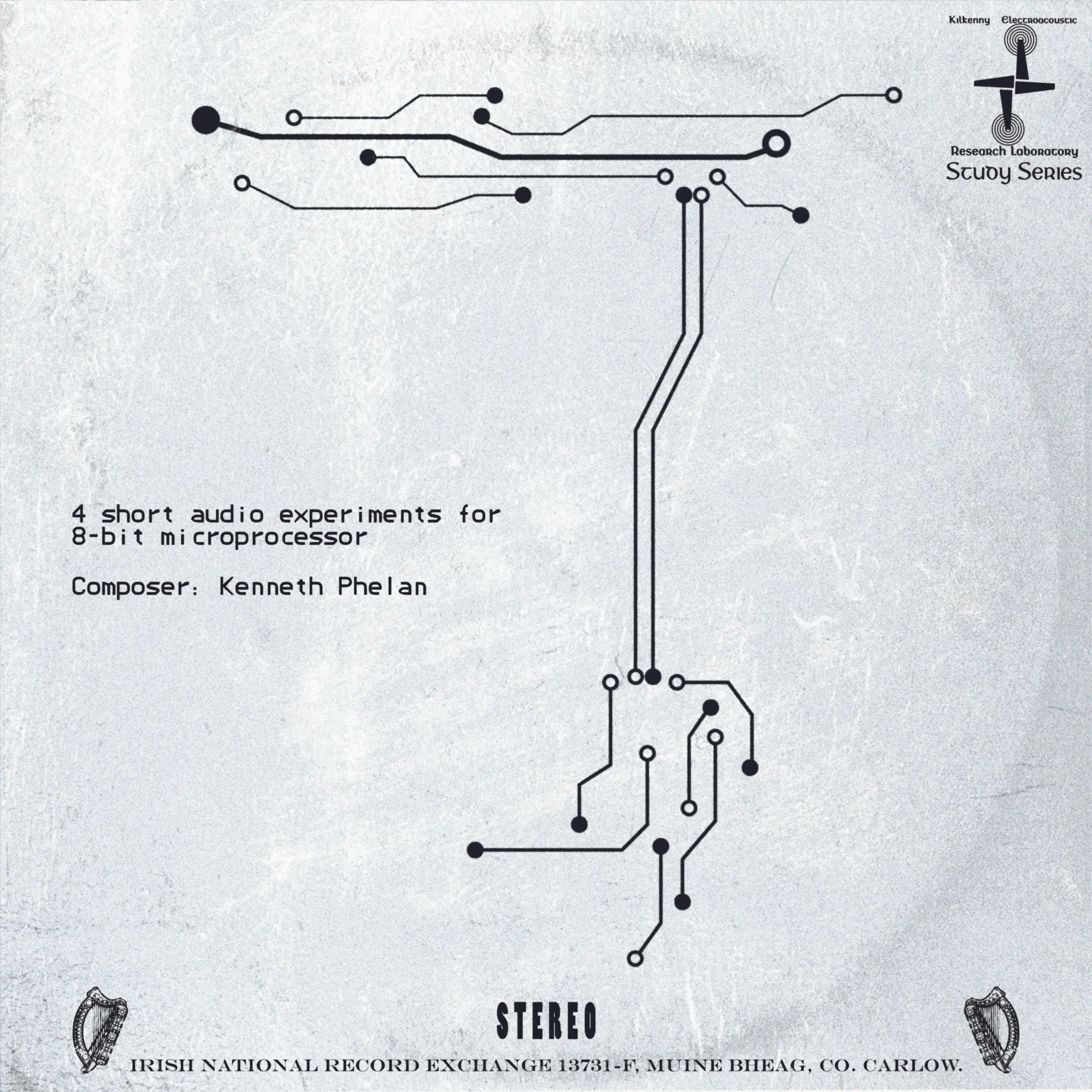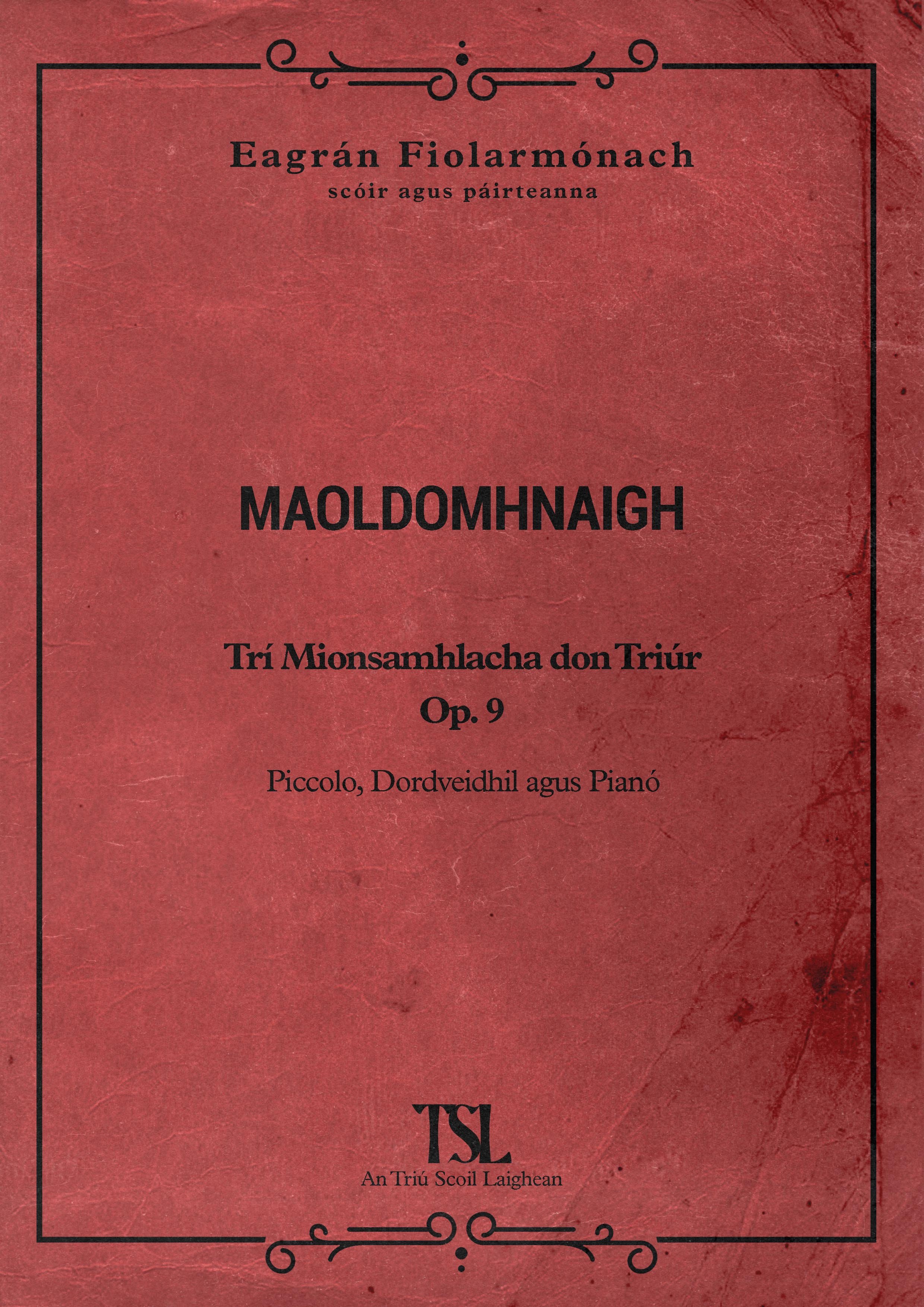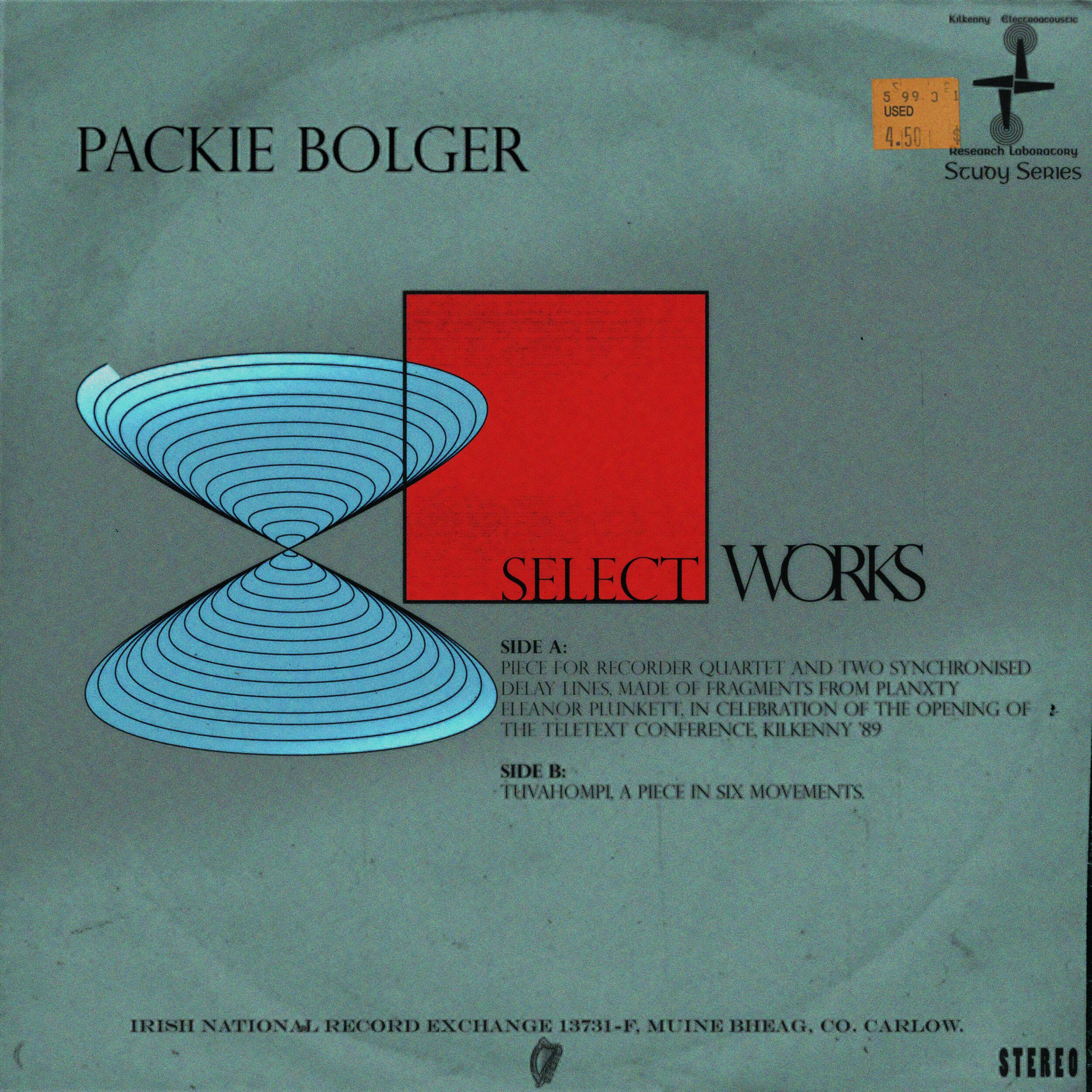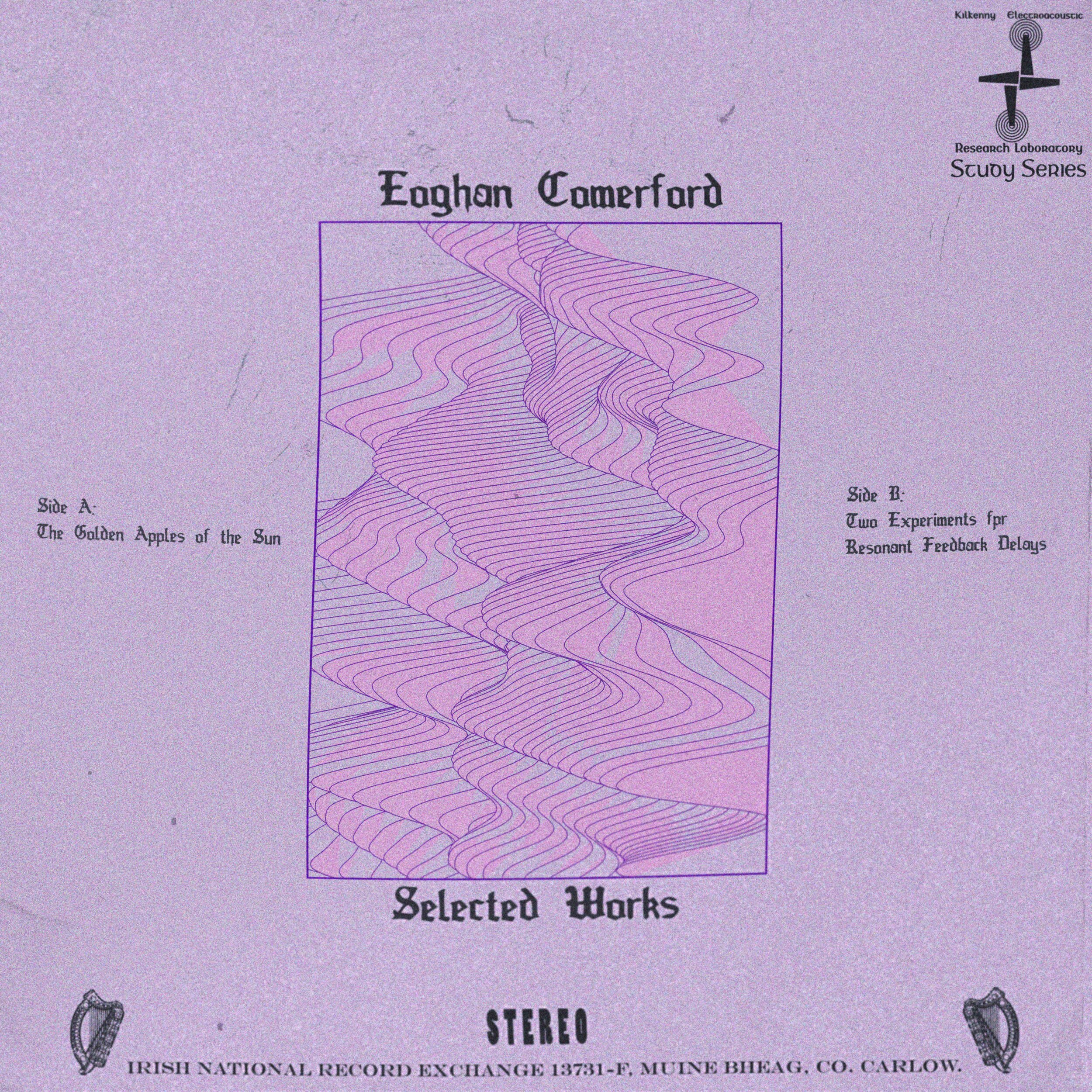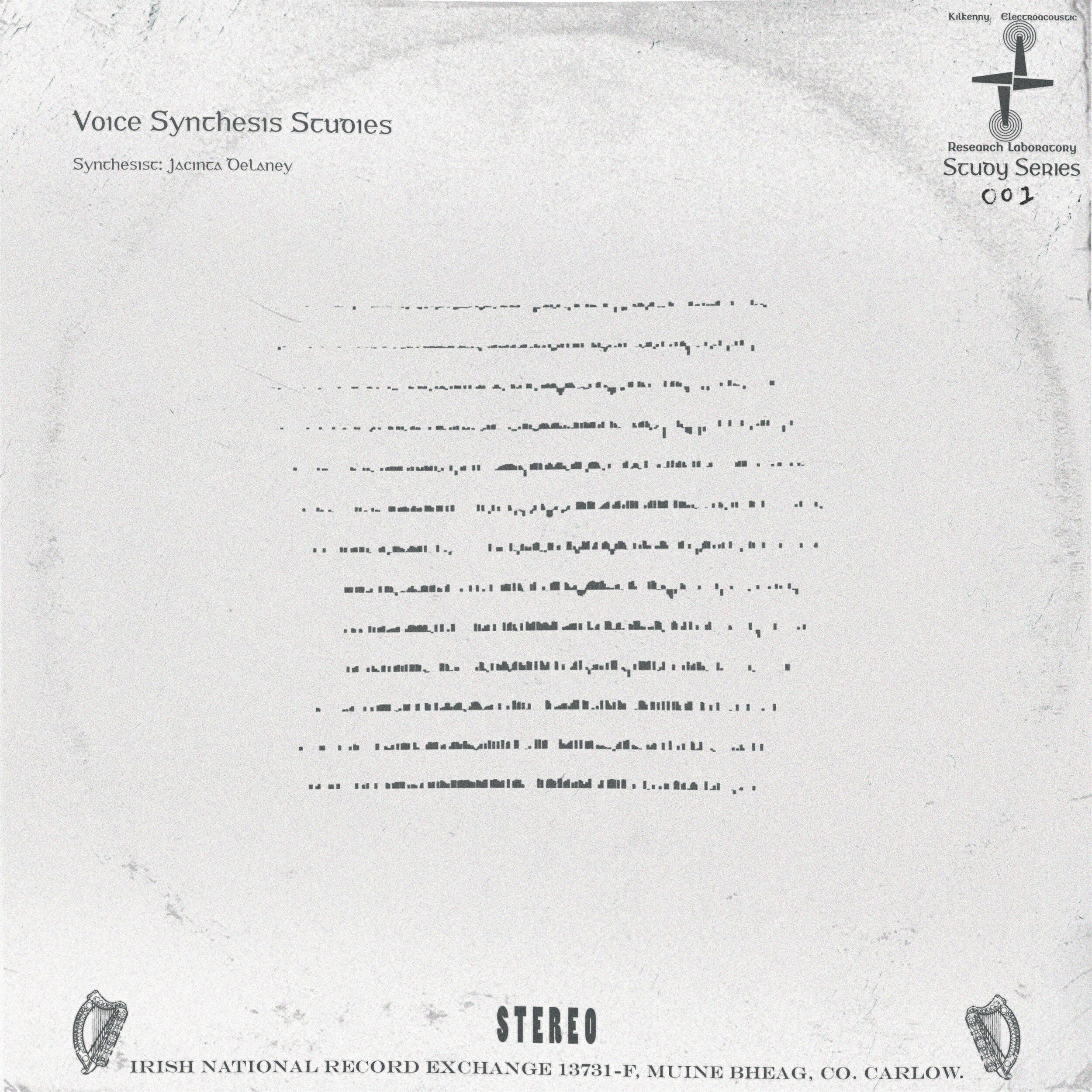----- Any similarity to actual persons, living or dead, or actual events, is purely coincidental ------
Dullards were a Kilkenny based three piece who were a key part of the short lived but highly controversial ‘Ceoil Guaise’ movement. The movement, only lasting three concerts in all, consisted of very loud, confrontational music and often destructive performance practices. During the second of the three concerts, the stage of the Carlton Ballroom was destroyed by a digger which one of the performance artists had stolen from his grandad and driven into the venue from Callan. The final Ceoil Guaise concert, which took place in the Town Hall in Kilkenny City, resulted in a blazing inferno of the Tholsel, a beloved local landmark at the centre of the high street. This self-released live cassette of the Dullards set from the first Ceoil Guaise concert is the only physical documentation that we could find of the movements existence.
In 1987 the composer Kenny Phelan made several experiments which pushed the capabilities of the Ricoh 2A03/07 sound chips from the NES video game console. Phelan had written music for a video game which was being made by a local new religious movement the year prior. These experiments were collected and appeared on a 7-inch release which the Kilkenny Electroacoustic Research Laboratories released as part of its “Study Series” in early 1988. It was regarded as a commercial failure upon release.
The cover of the score for a trio of serialist pieces written for Piccolo, Cello and Piano in 1975 by the composer Peter Morton, though written under the pseudonym Fionn Ó Maoldomhnaigh. Morton’s entire compositional oeuvre is written under several pseudonyms; historic characters which he had developed extensive backstories for, along with discreet compositional styles and motives for each. He called the composers group which he had created to fit all these characters ‘An Triú Scoil Laighean,’ or The Third Leinster School.
Released for St. Patrick's Day '77 this record was a collection of Creegan's work arranging folk songs from what he referred to as the "British Isles", for subtractive synthesis. This was the only real commercial success that K.E.R.L ever had, having sold at least 75 copies and charting in at 93 in the domestic Irish charts. Despite its relative success it resulted in significant conflict amongst the members of the Laboratory and is credited, by many local amateur historians, as the beginning of a slow decline towards the closure of Kilkenny Electroacoustic Research Laboratory.
The final musical release from Kilkenny Electroacoustic Research Laboratory. This LP was released in 1989 and consists of two pieces. Side A comprises of a piece written for a Recorder Quartet with Live Electronics and was written by Bolger in celebration of the Teletext Conference, which took place in Kilkenny the same year. Side B is the six movement, sudo minimalist work "tuvahompi". This release was considered a commercial failure and marked the end of K.E.R.L's relationship with the Irish National Record Exchange and the end of K.E.R.L. in a more general sense.
This 7 inch record was released in 1988 and was a collection of pieces made using FM synthesis and a seemingly nonsensical sudo-science of psychogeographic cartography. It was regarded as a commercial failure upon release.
Released in 1981, a selection of Eoghan Comerfords works ranging from K.E.R.L's inception up until '81. It was regarded as a commercial failure.
Released in '73, this LP was released as a collection of Helga Hölzel's research into standing waves and room resonance. It was considered a commercial failure.
The first official release from K.E.R.L was this 7 inch phonographic record from 1970. Published by the Irish National Record Exchange, which was based in Bagenalstown, Co. Carlow. It was published as part of a "Study Series" which was a series of releases heavily influenced by the BBC Records' instructional LPs from the same period. The majority of the subsequent Kilkenny Electroacoustic Research Laboratory's musical releases were released as part of this series. Jacinta Delaney's experiments with vocal synthesis were released primarily to illustrate "meaningful" research to local funding bodies in order to justify funding. This release was generally considered a commercial failure.
Miúin
Contemporary Classical and Experimental label based in Kilkenny
Admin: Neil P. Quigley
〰️🖖🏻🆗VIDEO ARCHIVE𓀁𓀏𓀆☟
〰️🖖🏻🆗VIDEO ARCHIVE𓀁𓀏𓀆☟

